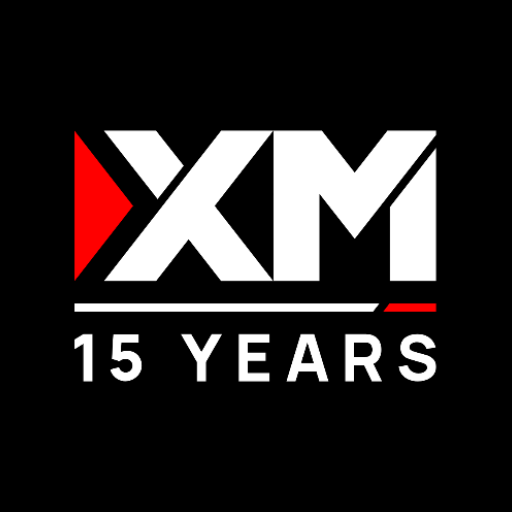Will the market price hit a specific target level, even if only for a second, or will it successfully avoid that point? The Touch/No Touch contract is a core Path-Dependent Digital Option that relies on a single, custom-set price level called the Barrier. The outcome is determined by whether the market price makes contact with this Barrier at any point during the contract's duration.
Welcome to Lesson 5
You've mastered range contracts (Ends Between/Ends Outside) and path-dependent ranges (Stays Between/Goes Outside). Now you'll learn the power of single-barrier targeting - where one precise price level determines your success or failure.
The instant settlement advantage: Touch contracts offer immediate profit realization when the barrier is hit, while No Touch contracts provide instant loss protection through early termination.
Strategic Insight: Touch/No Touch transforms your trading from "wait and see" to "instant results." Touch contracts reward momentum traders with immediate payouts, while No Touch contracts protect against unexpected volatility spikes through instant loss settlement.
Lesson Chapters
1Chapter 1: Introduction and Definition
2Chapter 2: The Mechanism
3Chapter 3: Key Features and Flexibility
4Chapter 4: Risk and Reward Profile
5Chapter 5: Best-Use Scenarios
6Chapter 6: Step-by-Step Trade Execution
7Chapter 7: Common Mistakes and How to Avoid Them
8Chapter 8: Demo Challenge Task
Summary
- Touch/No Touch is a path-dependent option focused on a single Barrier target
- Touch offers the advantage of instant profit realization
- No Touch is a low-volatility contract where failure to maintain distance results in immediate loss
- Single barrier mechanics simplify targeting compared to range contracts
Quiz
What happens when a Touch contract touches the barrier?
Answer:
The contract terminates immediately with a full payout. Unlike other contracts that wait for expiry, Touch contracts monitor the price path continuously and settle instantly upon barrier contact, providing immediate profit realization.
What is the main difference between Touch/No Touch and Higher/Lower contracts?
Answer:
Touch/No Touch is path-dependent and monitors price movement throughout the entire contract duration, while Higher/Lower only checks the price at expiry. Touch contracts can settle early when barriers are touched, while Higher/Lower contracts always settle at the fixed expiry time.
When should you use No Touch contracts?
Answer:
Only during low-volatility periods when you're confident the price will avoid the barrier. Even brief fluctuations that touch the barrier result in instant loss, making this contract highly sensitive to market conditions and suitable for range-bound or stable markets.
What is the key advantage of Touch contracts over other contract types?
Answer:
Touch contracts offer instant profit realization when the barrier is touched, allowing for immediate capital return and faster position turnover. This early settlement feature transforms trading rhythm from "wait and see" to "instant profit," making it superior for momentum-based trading strategies.
🚀 LeTechs Insight
Master the Single Target: Touch/No Touch teaches you that precision beats complexity. By focusing on a single barrier instead of ranges, you learn to identify the most critical price levels that matter for your trading strategy. The instant settlement feature isn't just a technical detail - it's a strategic advantage that transforms how you think about time, momentum, and profit realization. Whether you're trading the momentum (Touch) or the avoidance (No Touch), this contract type rewards traders who can accurately predict not just direction, but the precise timing and magnitude of price movements to specific target levels.
Practice Single Barrier Trading
Master the art of instant settlement with Touch/No Touch contracts.

Deriv
- Zero-spread accounts for tighter entries
- Swap-free (Islamic) available

XM
- Consistently low spreads on majors
- Micro accounts — start with a smaller risk
- Swap-free (Islamic) available
- No trading commission
Next Lesson: Advanced Options Strategies: Multi-Contract Approaches
Ready to continue?
Mark this lesson as complete to track your progress.



